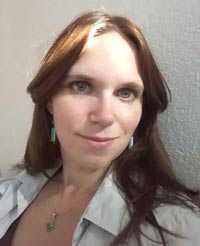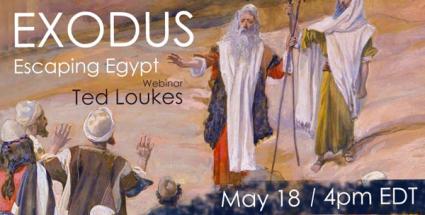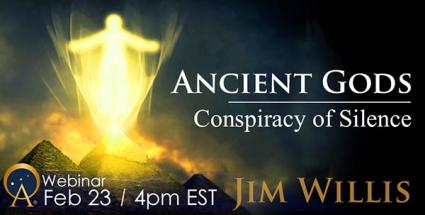The discovery of ancient super-phenomenal architecture dotted all over the globe is opening up a plethora of thought-provoking, existential questions.
Göbekli Tepe in Turkey was built before the onset of the agricultural revolution. It is undoubtedly the work of a very sophisticated, orderly, organized civilization.
Australia could only have been settled by people who had extensive maritime knowledge. How did boating technology appear seemingly out of thin air?
The Amazon rain forest was supposedly a virgin wilderness when modern Europeans first arrived to explore it. But satellite images of the dense tropical growth reveal the architectural legacy of a thriving civilization that once built pyramids, shaping and transporting blocks so large one would be hard-pressed to construct such edifices even with today's technology.
In the American Southwest, a mysterious people called Anasazi felt the need to clear perfectly straight and intricately banked roads through the pristine desert. Having no beasts of burden, why did they go to the trouble of constructing arrow-straight roads when simple paths would have worked just as well?
During the past 12,000 years, human civilization has taken giant leaps. Who were these predecessors who left us tantalizing clues to their identity? Guided by a world map of our mysterious ancestors’ genial greatness, renowned author and ordained minister Jim Willis tackles the complicated questions that taunt those of us who want to move beyond traditional historical and religious teachings about our origins.
- Who are we?
- What gives our life meaning?
- Where did we come from?
- When did we begin our journey?
- Why does life seem so difficult at times?
If we can discover that we are part of a bigger picture, it might give meaning to our lives by pointing to a purposeful future.
Having earned his master's degree in theology from Andover Newton Theological School , Jim Willis is the author of ten books on religion and spirituality. He has been an ordained minister for over 40 years while working part-time as a carpenter, hosting own drive-time radio show, as well as being an arts council director and adjunct college professor in the fields of World Religions and Instrumental Music. His current residence in the woods of South Carolina inspired his books Supernatural Gods: Spiritual Mysteries, Psychic Experiences, and Scientific Truths, and Ancient Gods: Lost Histories, Hidden Truths and the Conspiracy of Silence. His latest book is Lost Civilizations: The Secret Histories and Suppressed Technologies of the Ancients.
, Jim Willis is the author of ten books on religion and spirituality. He has been an ordained minister for over 40 years while working part-time as a carpenter, hosting own drive-time radio show, as well as being an arts council director and adjunct college professor in the fields of World Religions and Instrumental Music. His current residence in the woods of South Carolina inspired his books Supernatural Gods: Spiritual Mysteries, Psychic Experiences, and Scientific Truths, and Ancient Gods: Lost Histories, Hidden Truths and the Conspiracy of Silence. His latest book is Lost Civilizations: The Secret Histories and Suppressed Technologies of the Ancients.










 elites.
elites.








 ,
, 

